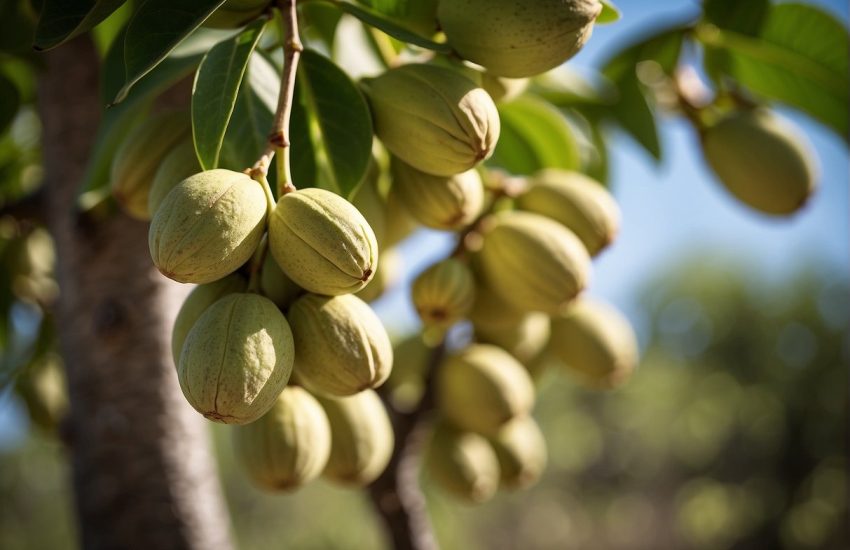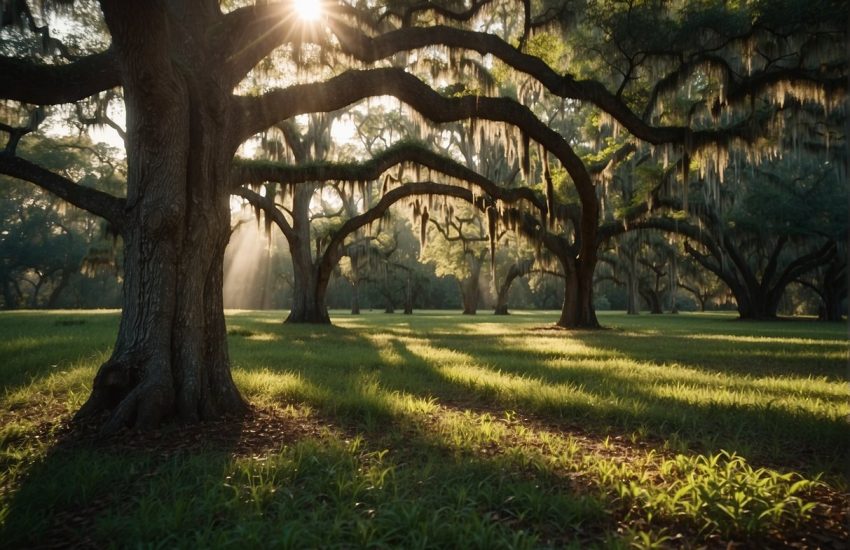New Mexico Palm Trees: A Guide to the Types and Where to Find Them
New Mexico is known for its arid and desert climate, but did you know that palm trees can thrive in this region? Despite the harsh conditions, there are several palm tree varieties that can grow and thrive in New Mexico’s unique climate. Whether you’re looking to add some tropical flair to your landscaping or simply want to admire these beautiful trees, New Mexico has plenty of options to choose from.

One of the most cold-hardy palm trees that can survive in New Mexico’s hardiness zones 7-10 is the European fan palm, also known as the Mediterranean fan palm. This slow-growing palm has a compact shape, fan-shaped fronds, and is well-suited to New Mexican landscapes. It can tolerate temperatures as low as 5°F and is drought-tolerant, making it an ideal choice for this region. Other palm tree varieties that can thrive in USDA hardiness zones 7a-11 include the jelly palm, the windmill palm, and the sago palm.
If you’re looking to add some visual interest to your yard or garden, palm trees can be a great choice. Not only do they add a tropical feel to your landscaping, but they are also relatively low-maintenance and can thrive in New Mexico’s unique climate. With the right care and attention, you can enjoy the beauty of palm trees in your own backyard.
Climatic Challenges for Palm Trees in New Mexico

Palm trees are not native to New Mexico, and therefore, they face several climatic challenges in the state. The arid and semi-arid climate, desert landscape, and atmospheric conditions of New Mexico provide a harsh environment for most plant species, including palm trees. However, some palm trees have adapted to the region’s climatic conditions and can thrive in the state’s hardiness zones 7-10.
Temperature Extremes and Palm Survival
New Mexico experiences temperature extremes, with hot summers and cold winters. Palm trees are cold-hardy and can survive freezing temperatures, but extreme cold can damage or kill them. For instance, the Needle Palm, one of the most cold-tolerant palm trees in the world, can survive strong freezes down to -5 °F and even to -15 °F with damage, which they may recover from if the following summer is hot. However, other palm species may not be as cold-hardy and can suffer damage or die in extreme cold.
Watering Needs and Drought Management
Water is a precious resource in New Mexico, and the state experiences frequent droughts. Palm trees require regular watering, and drought can cause leaf scorch, stunted growth, and even death. Therefore, it is essential to plant drought-tolerant palm species and manage water efficiently. Well-draining soil is crucial for palm tree growth, as it prevents waterlogging and root rot.
In conclusion, palm trees face several climatic challenges in New Mexico, including extreme temperatures, drought, and a semi-arid climate. However, with careful selection of cold-hardy and drought-tolerant palm species, regular watering, and well-draining soil, palm trees can thrive in the state’s unique environment.
Popular Palm Species and Landscaping Considerations

New Mexico’s unique climate and geography make it a great place for growing a variety of palm trees that can add a tropical charm to any landscape. When it comes to selecting the right palm species for your landscape, there are a few things to consider.
Hardy Palms for New Mexican Landscapes
New Mexico’s USDA hardiness zones range from 4a to 9a, which means that the state experiences a wide range of temperatures and weather conditions. Some of the hardiest palm species that can thrive in New Mexico’s harsh climate include the Pindo Palm (Butia capitata), the Windmill Palm (Trachycarpus fortunei), and the European Fan Palm (Chamaerops humilis).
These palm trees are known for their resilience and ability to withstand extreme temperatures, snowfall, and altitude. They also prefer well-drained soil and can tolerate drought conditions, making them ideal for New Mexico’s dry climate.
Designing Palm-Inspired Landscapes
When it comes to designing palm-inspired landscapes, there are a few things to keep in mind. First, consider the size of the palm species you want to plant. Some species, like the Phoenix Palm (Phoenix canariensis) and the Canary Date Palm (Phoenix palm), can grow up to 60 feet tall and may not be suitable for smaller residential or commercial landscapes.
Second, consider the foliage and aesthetics of the palm species. Some palms, like the Saw Palmetto Palm (Serenoa repens), have a more natural and rugged appearance, while others, like the European Fan Palm and the Pindo Palm, have a more ornamental and refined look.
Finally, consider the location and watering needs of the palm species. Some palm trees prefer full sun, while others can tolerate shade. Additionally, some palm species, like the Jelly Palm (Butia capitata), produce edible fruit and may be a great addition to parks or private gardens.
Overall, with the right selection and care, palm trees can add a unique and tropical touch to any landscape in New Mexico.


